Funding to be doubled for social protection programme: Sania
PM’s aide says Ehsaas Programme will reduce inequality, invest in people and lift lagging districts
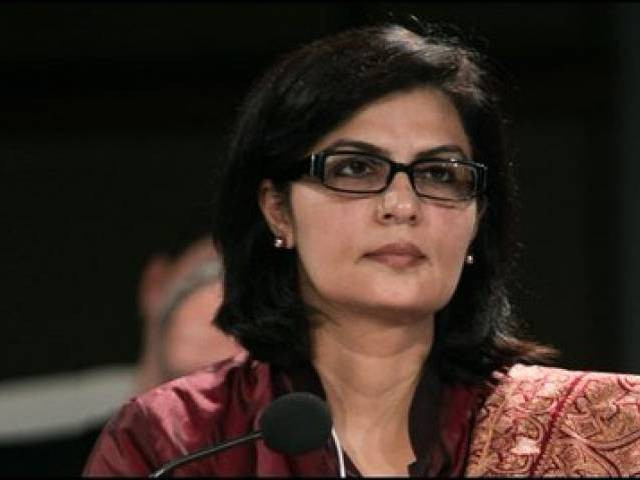
Dr Sania Nishtar. PHOTO: TWITTER
Highlighting the key features of Prime Minister 'Ehsaas programme' at a press conference here, she said the programme had been chalked out keeping in view the principles of the state of Madina, the objective of which was to reduce inequality, invest in people, and lift lagging districts.
She said, "Ehsaas is a comprehensive and multifaceted programme with 115 policies under four pillars, including addressing elite capture and making the government system work to create equality, safety nets for disadvantaged segments of the population, jobs and livelihoods and human capital development.”
With the creation of Ministry of Social Protection and Poverty Alleviation Coordination, she said, all the departments, including Benazir Income Support Programme (BISP), Pakistan Baitul Mal, Zakat, Pakistan Poverty Alleviation Fund and Trust for Voluntary Organisations, would work under umbrella of a ministry to address the issues in an efficient way.
The one-window social protection operation would assist beneficiaries of social protection besides reducing duplication, she maintained.
Sania said a new policy was being formulated to guide the use of development expenditure by parliamentarians to promote transparency, independent oversight, and accountability.
A share would be earmarked for those below a certain poverty line while allocating kiosks, teashops, newspaper stands, Shoe-polishing booths on government-owned land or in government-owned hospitals, parks, and railway stations.
Similarly while auctioning shops in town and tehsil or in market committees, the same procedure would be adopted, she said, adding that registration of slum residents would be made mandatory to facilitate their transparent inclusion in case of commercialisation of the area.
Giving details about the second pillar, she said multiple validations of the National Socioeconomic Registry through follow-up review surveys and use of big data analytic was in process to correctly and precisely identify the real deserving. Two new social protection programmes were being introduced Kifalat and Tahafuz. Under the Kifalat programme, stipends would be disbursed among seven million women on a monthly basis enabling them to undertake their own business ventures and help their families extricate from poverty. She said poor women would be given mobile phones and bank accounts as part of increasing financial literacy and it would be fully operational by October.
She said Tahafuz was the precision safety net of the government of Pakistan, aimed at people who suffer unexpected financial problems in life. Assistance to poor widows would also be given who don't have any earning children through Tahafaz. Partnership with NGOs would help make successful programmes for orphans, street children, seasonal migrants, transgender, victims of child and bonded labor and daily wage workers.
The establishment of shelter homes (Panahgahs) in several major cities was also a part of this programme, she said.
A welfare and pension scheme for the informal sector was being launched as a result of the recommendations of the Labor Expert Group of workers abroad.
A policy was also being formulated to increase the role and a number of Community Welfare Attaches besides involving well reputed expatriate Pakistanis in it.
Giving details about the third pillar of Ehsaas Programme, she said, “Human capital development is a significant contributor to the wealth of a nation.” She said investments in early years would tackle malnutrition, preschool or early education, protecting children from harm, ensuring access to quality education, skills and jobs, long-term commitment to Universal Health Coverage, and measures for empowering women and girls.
In the fourth pillar, she said employment generation was a major objective of the broader economic reform agenda, a certain set of employment opportunities were included in the Ehsaas framework to promote jobs and livelihoods, despite current limitations.

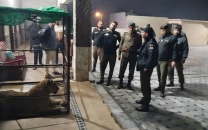
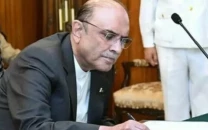
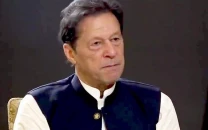
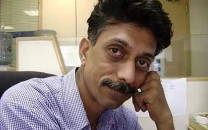
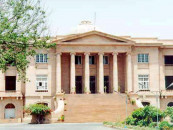

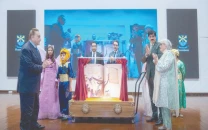



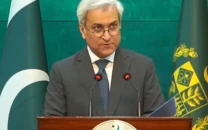







COMMENTS
Comments are moderated and generally will be posted if they are on-topic and not abusive.
For more information, please see our Comments FAQ